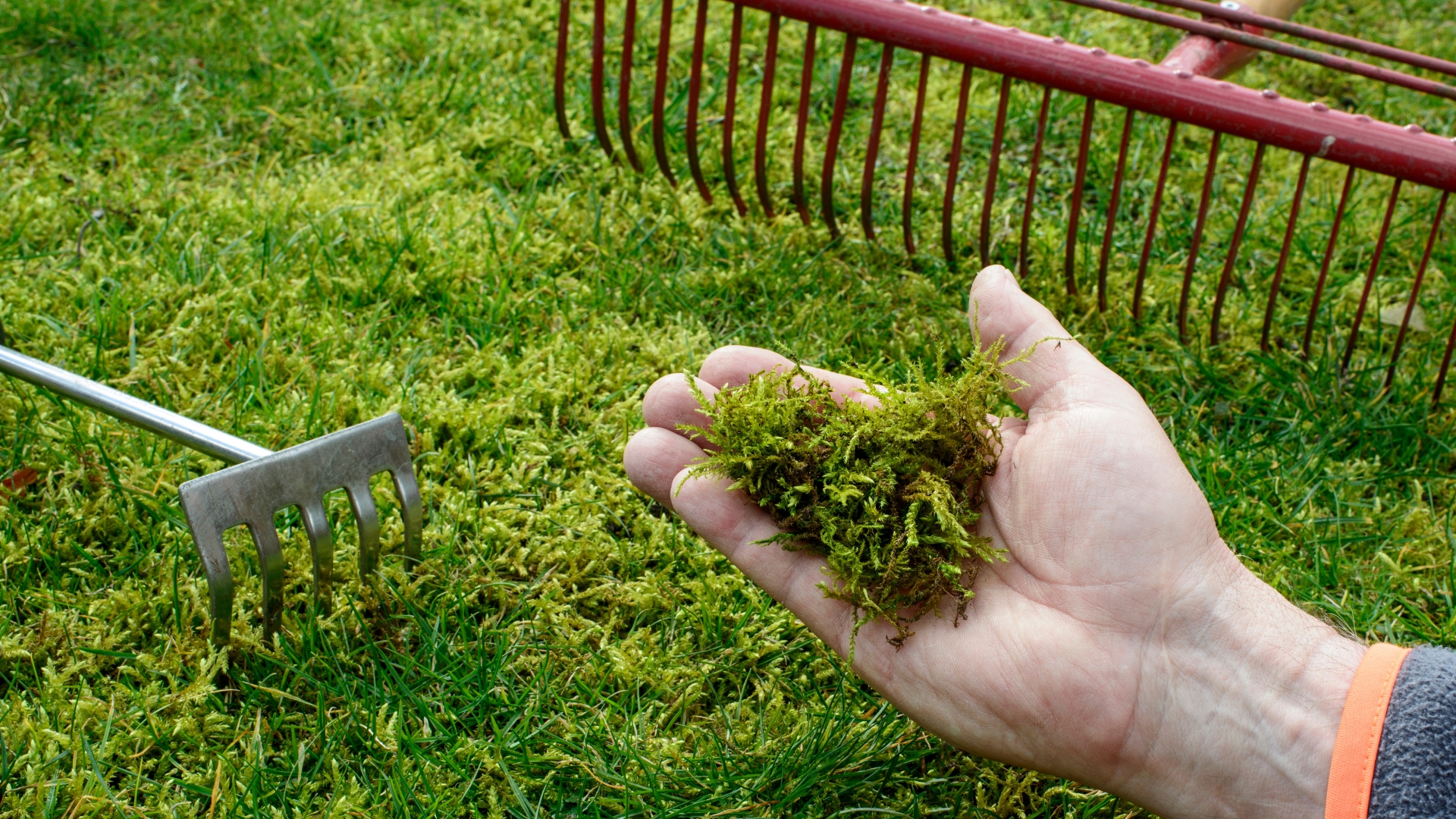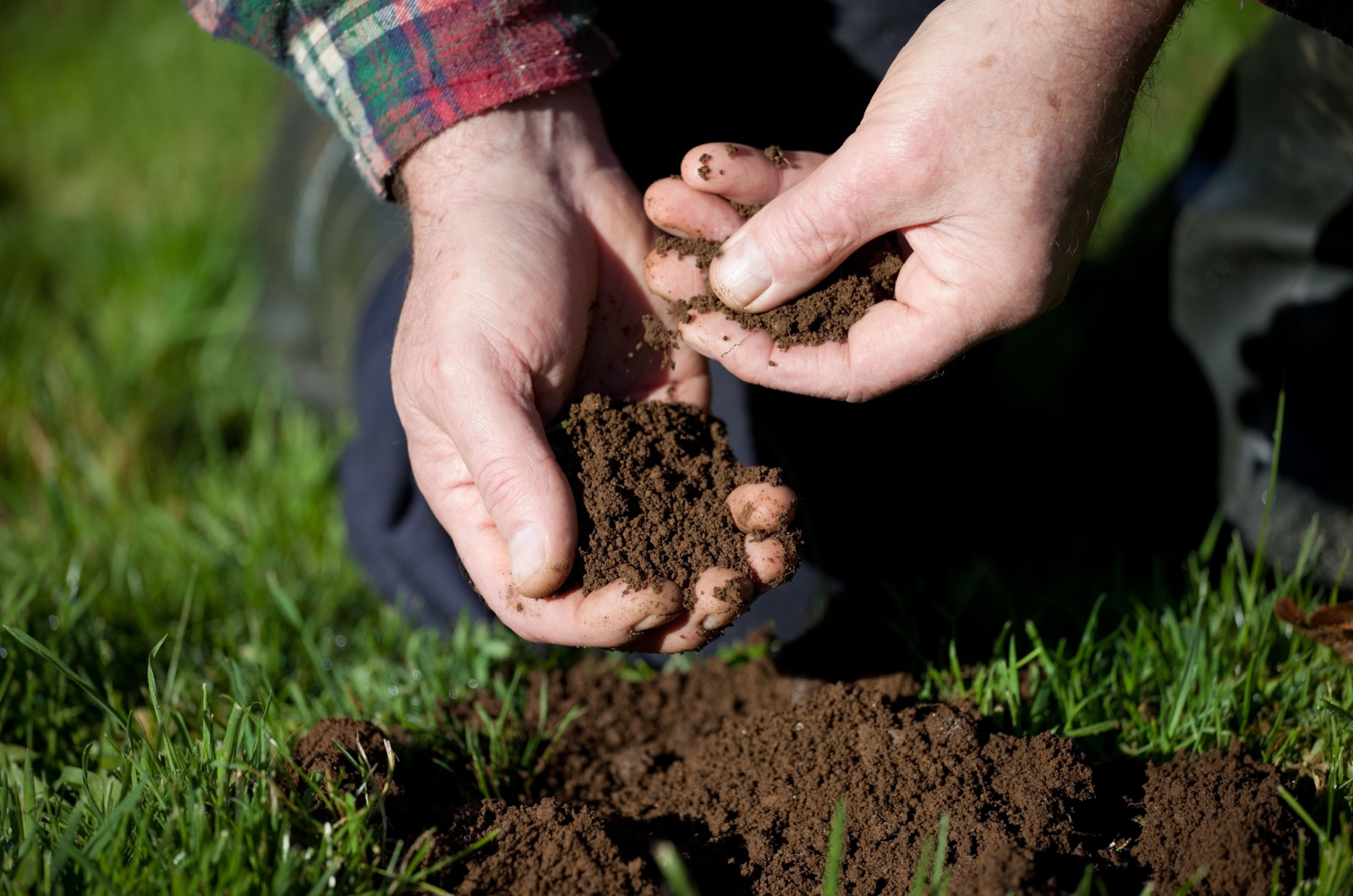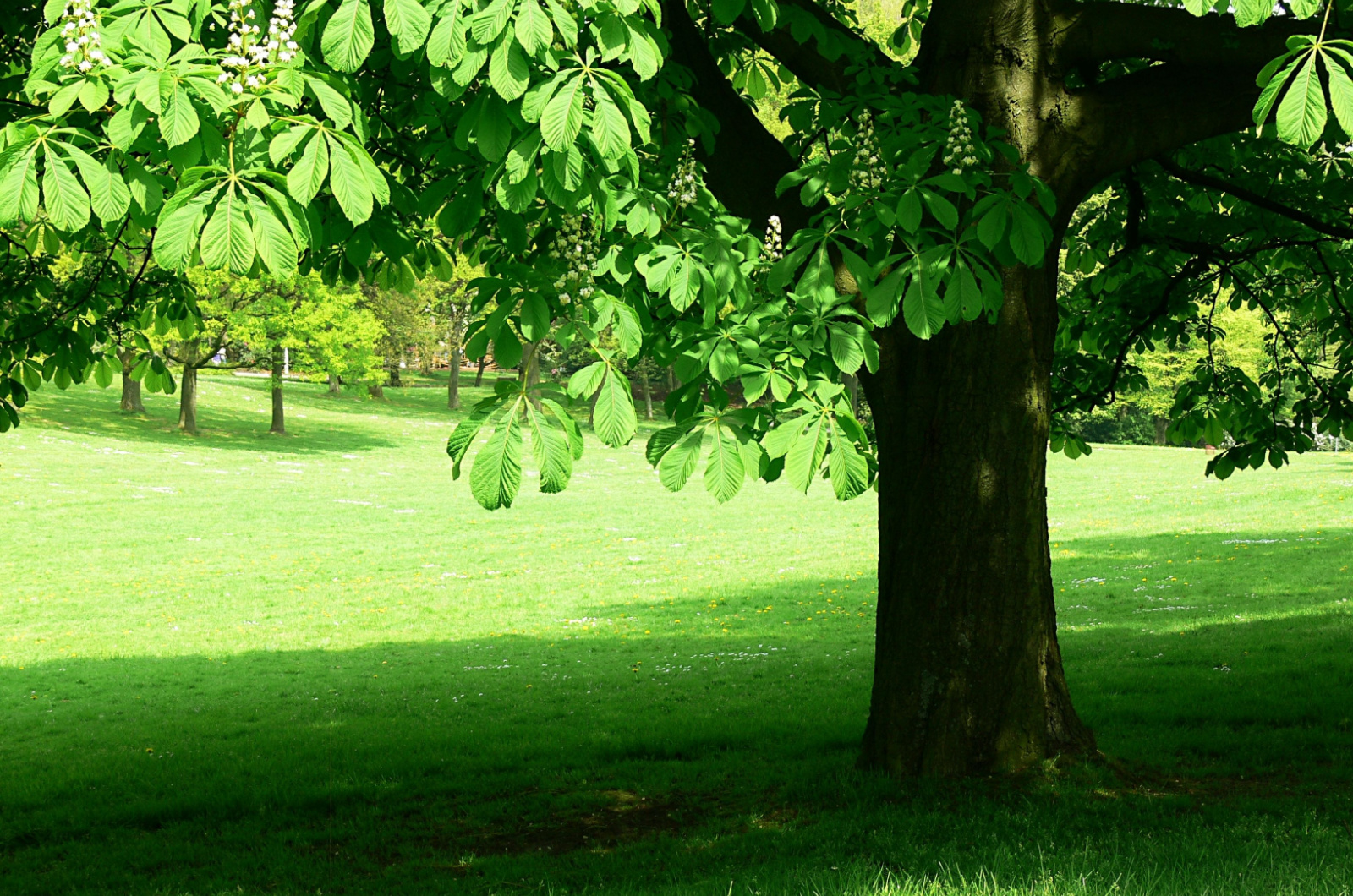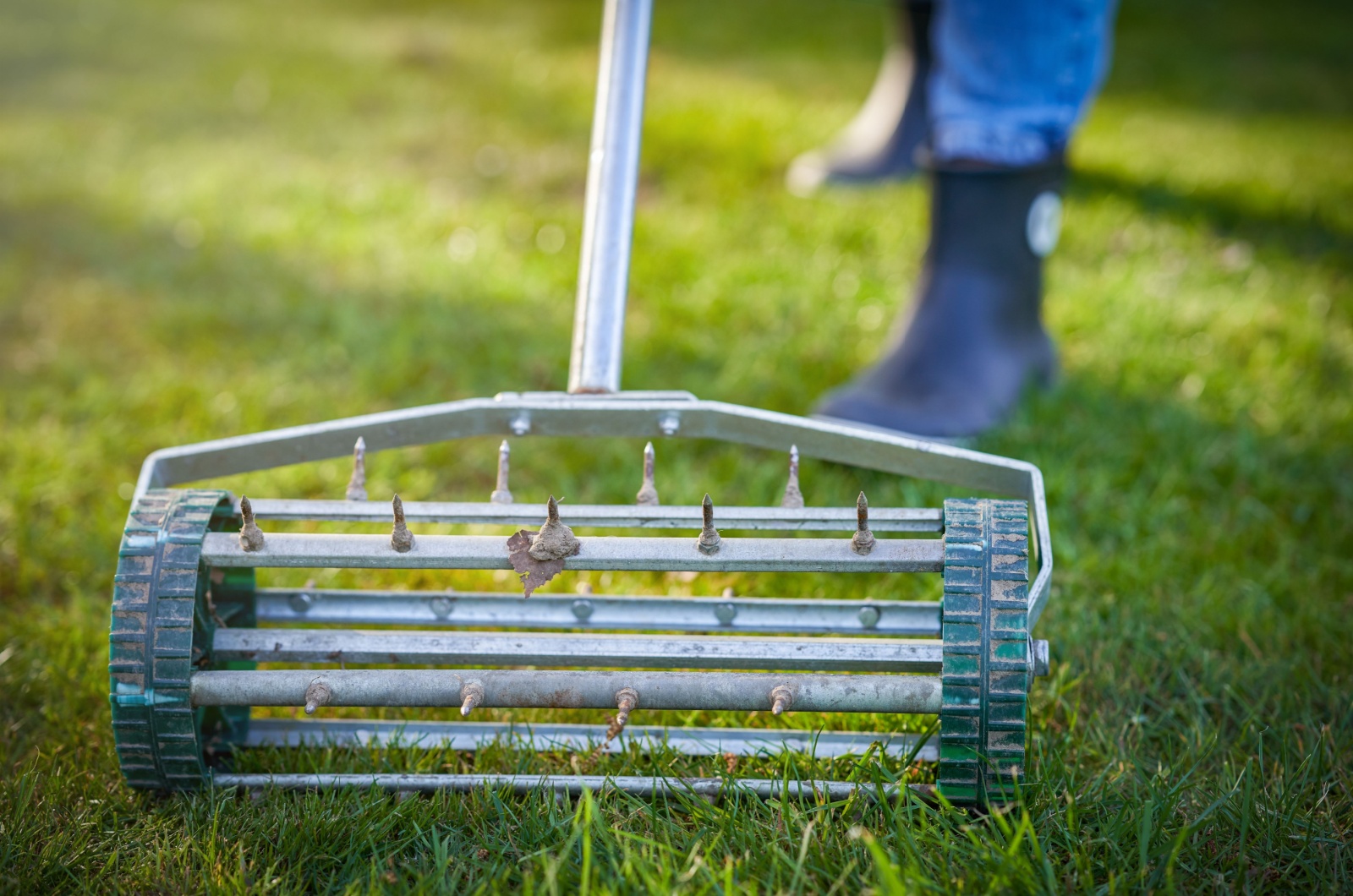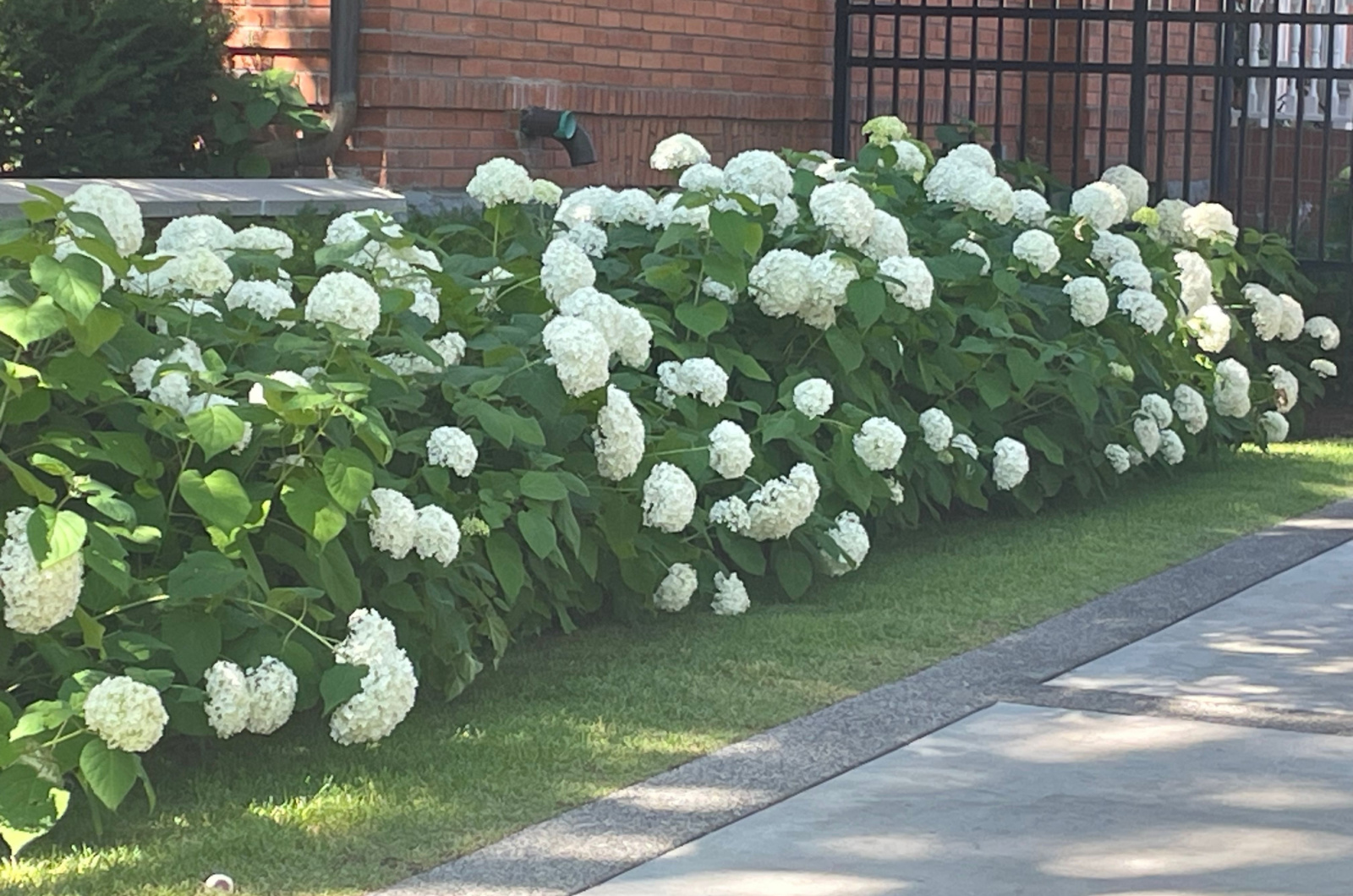While moss may serve some benefits for lawns, such as absorbing rainwater and housing beneficial insects, its appearance isn’t favored by most gardeners.
If you are one of those gardeners who prefer a pristine patch of grass, you should consider getting rid of moss. Using toxic chemicals is a big no-no because it might damage your lawn.
Luckily, there are plenty of natural methods that you can use to remove moss and prevent its growth. If you decide to get rid of it, here are some easy ways to do it.
1. Use Rake To Remove The Moss
Moss is a plant with no roots, so it’s quite easy to remove. For instance, raking it will significantly reduce the amount of moss without the need for using chemicals
You can use bacteria-based products like MO Bacter – the bacteria contained within the product will digest the moss and serve as an organic fertilizer. It’s usually applied per square yard in mild, damp weather, though it’s best to follow the instructions.
Still, most of the moss can be removed simply by raking. It’s better for pets in the garden and won’t cause any damage to the underlying lawn.
Related: How To Plant Grass Seed On Existing Lawn To Make It Thicker
2. Test The Soil And Adjust It
Moss is often a sign of an unhealthy lawn, which is caused by inadequate soil and low sun exposure. Healthy soil and sunlight will lead to a green and thick lawn, remember that!
Moss is mostly found on the shaded areas of your lawn – this is because the grass is not getting enough sunlight and the pH levels of the soil are too low. Sometimes, the issue might be underlying rocks or ledges.
Fix these issues and your lawn will be thankful. Start by raking the moss, then do a soil test. Make sure that the pH is between 6.5 to 7.0 if you want your grass to grow well.
3. Let There Be More Light By Trimming The Trees
We’ve already mentioned the issues that might be caused by low levels of sunlight. In most cases, shade is created by tall and lush tree branches.
So for starters, I would suggest you prune them and allow more light into your yard. Then, topdress a lawn with compost and sow the grass seeds.
Moss can be a suitable groundcover in moist areas under evergreens, providing an inviting appearance. However, it’s not as robust as grass, so it’s not ideal for frequent foot traffic.
Also read: 15 Grass Alternatives For Low-Maintenance Yards
4. Dethatching And Aerating
Getting rid of moss is easy, but figuring out what the underlying issue is might be harder. To prevent the return of moss, focus on maintaining soil health and promoting robust grass growth.
One way to improve your lawn is by aerating it – this will help to reduce compact soil and improve drainage.
Poor drainage, acidic soil, lack of aeration, and shade can all contribute to moss growth.
Regular aeration ensures your lawn grass gets the necessary nutrients and water it needs to flourish. Additionally, dethatching can also prevent moss-friendly conditions, so you can include that in your lawn care.
Remember to avoid cutting the grass too short, as this can harm the roots and create an environment conducive to moss growth.
5. Opt For The Best Grass Or Shrubs For Shady Areas
When sowing seeds in shaded areas, I would suggest you use shade-tolerant grass seed mix or turf.
Remember, most grass varieties require four to six hours of sunlight during the day in order to grow and thrive properly.
If your lawn struggles to grow well under the canopy of a tree, then consider growing shade-loving plants instead. These include ferns, pretty shrubs, perennials, etc.
Also read: 15 Pesky Weeds That Can Wreak Havoc On Your Lawn During Winter

